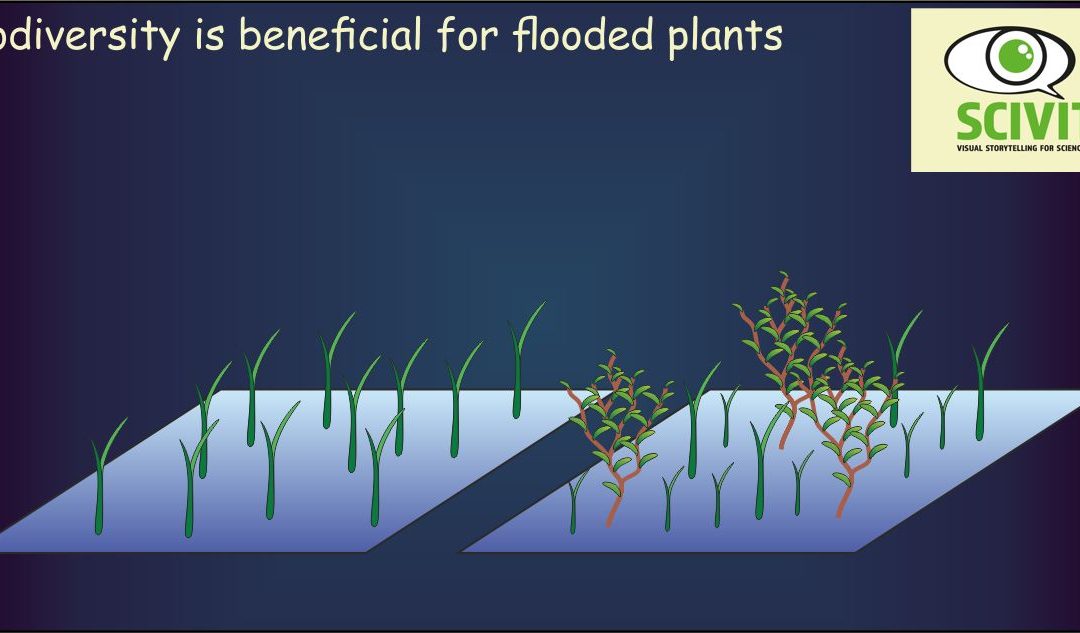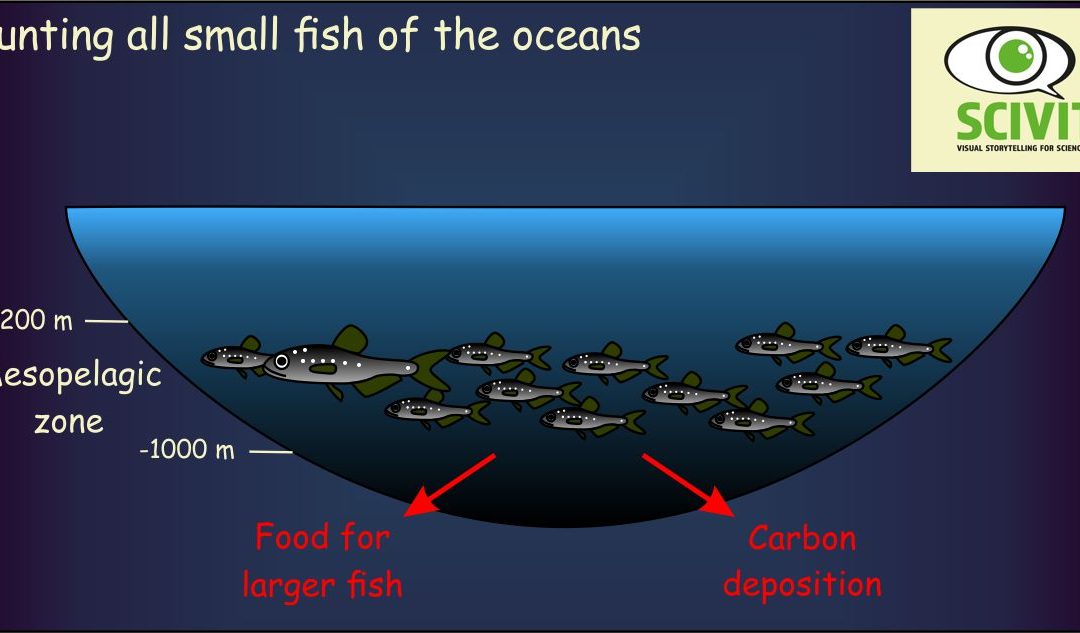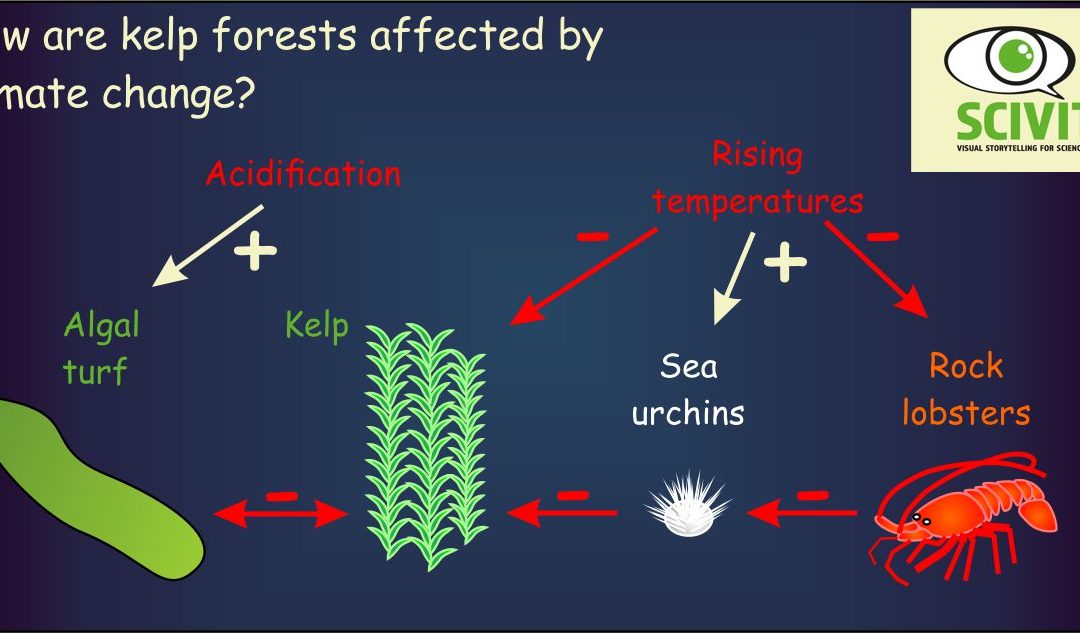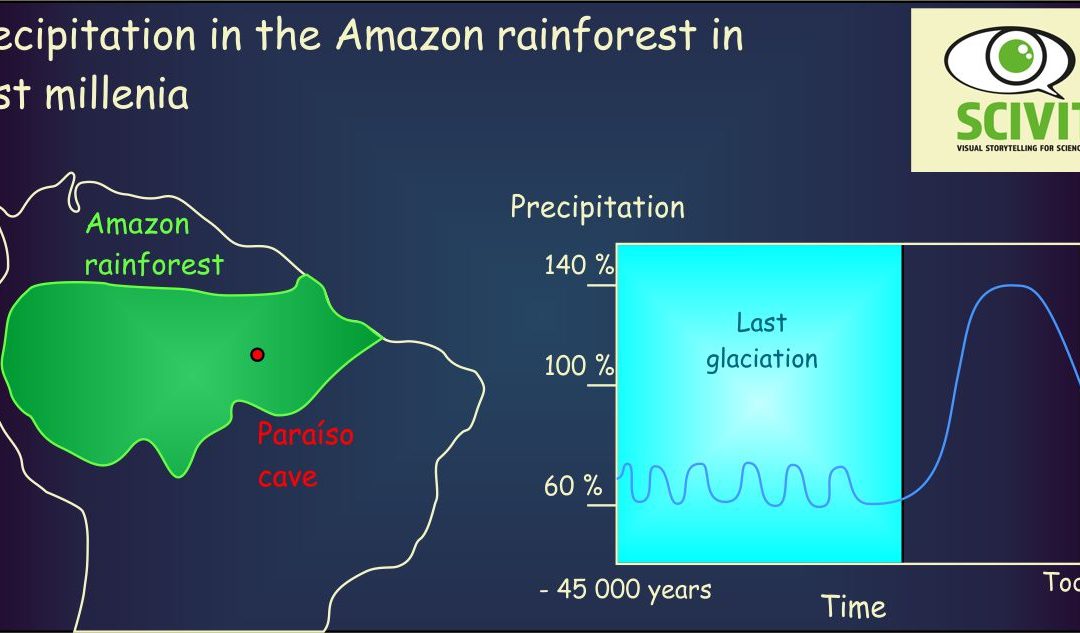
von Thomas Fester | Jan. 31, 2017 | Ecology, News
What can you do when your biodiversity experiment has inadvertently been flooded by a nearby river? Well, you take it as an opportunity and look at recovery rates. This is at least what people did in the Jena biodiversity experiment which comprises plots with 1 to 16...

von Thomas Fester | Jan. 31, 2017 | Ecology, News
The mesopelagic zone – home of the ocean’s small fish Ocean layers between 200 and 1000 meter depth harbour large numbers of animals. There is zooplankton and small fishes living from the photosynthetic plankton from the top marine layers. These organisms...

von Thomas Fester | Jan. 31, 2017 | Ecology, News
Human impact on kelp forests Kelp forests populate continental shelves in temperate and polar climate zones. They provide livelihood for a large number of animal species. Kelp forests are already under pressure from human impact like marine pollution, direct harvest...

von Thomas Fester | Jan. 30, 2017 | Climate Change, Natural History, News
How are ancient precipitation rates measured? The Amazon rainforest is a critical hotspot for biodiversity and as a carbon sink. How will the rainforest react to shifts in temperature and precipitation in the wake of climate change? To answer such questions Wang and...

von Thomas Fester | Jan. 27, 2017 | Some basic facts
After having eliminated climate science, which discipline should DJT target next? Should he start small with, e.g., toxicology or attack something more basic like logic or mathematics? Justify your choice! Scivit News – Visual Science More illustrations from...






Neueste Kommentare